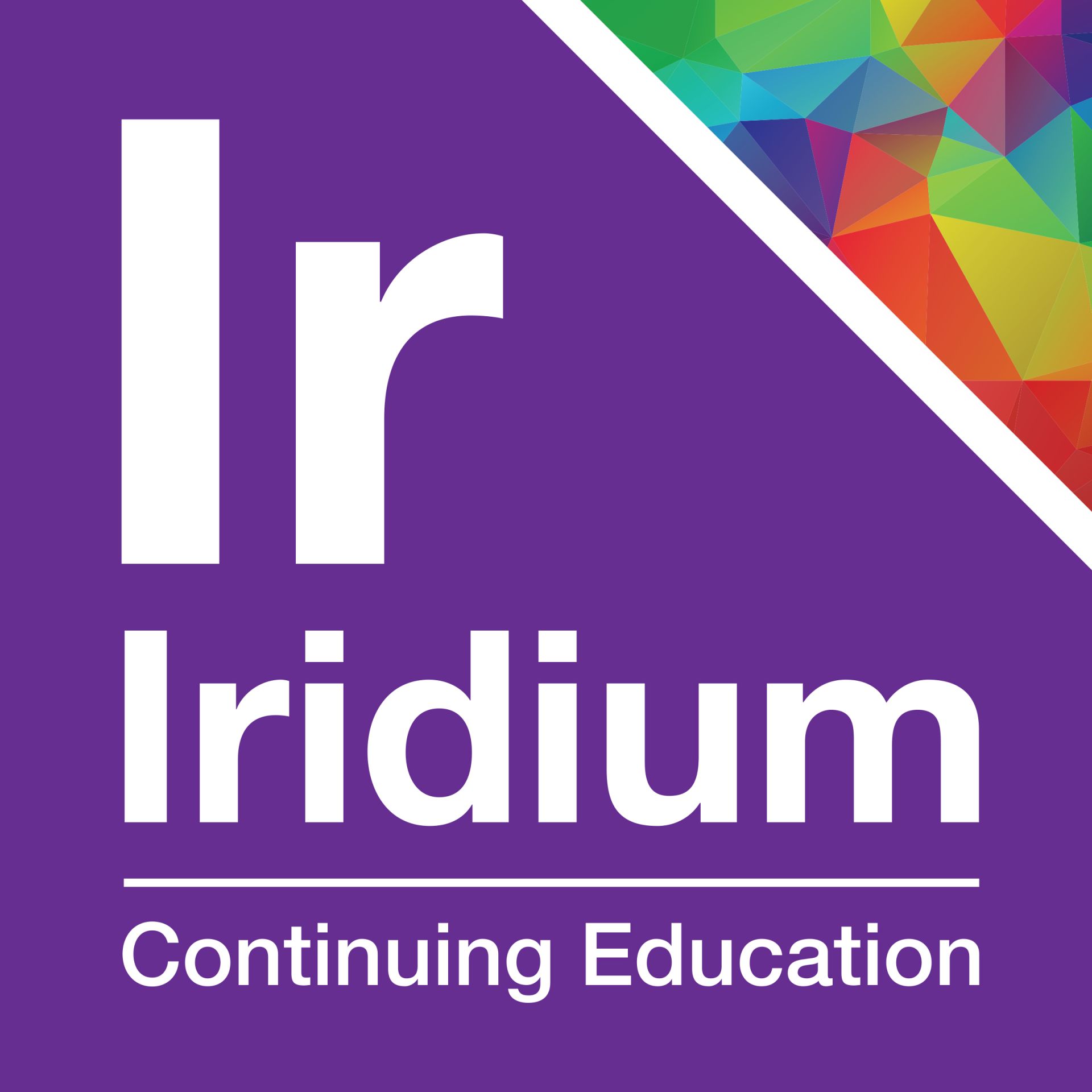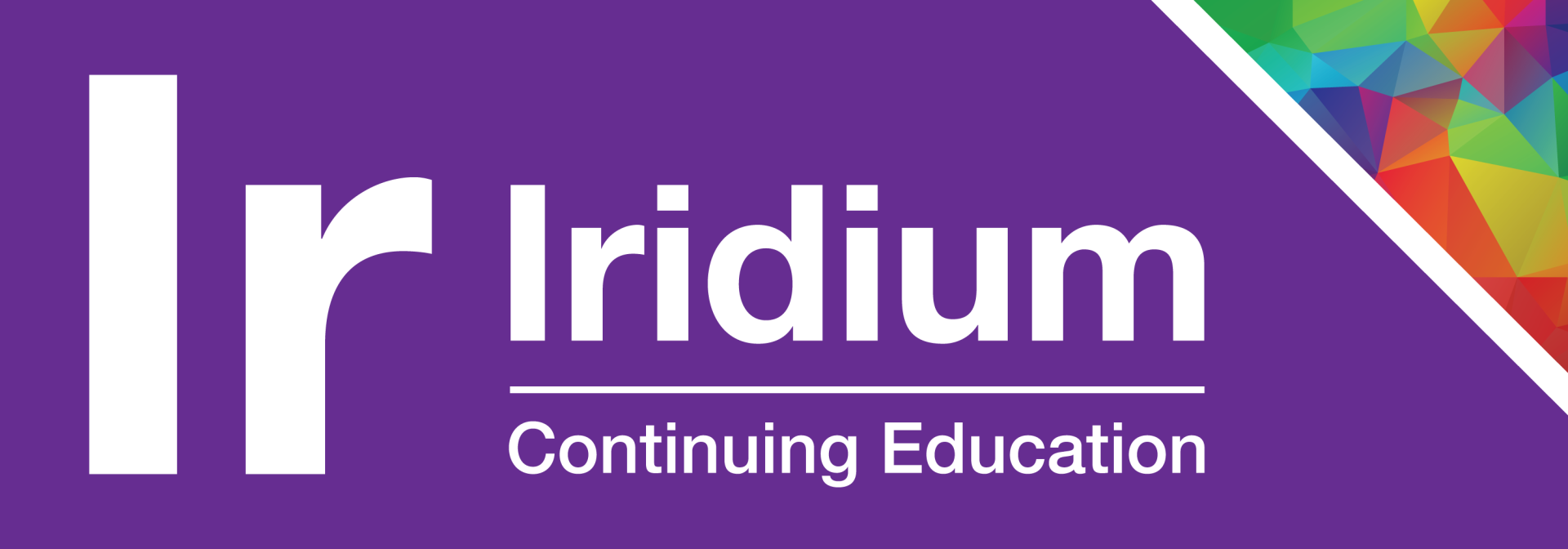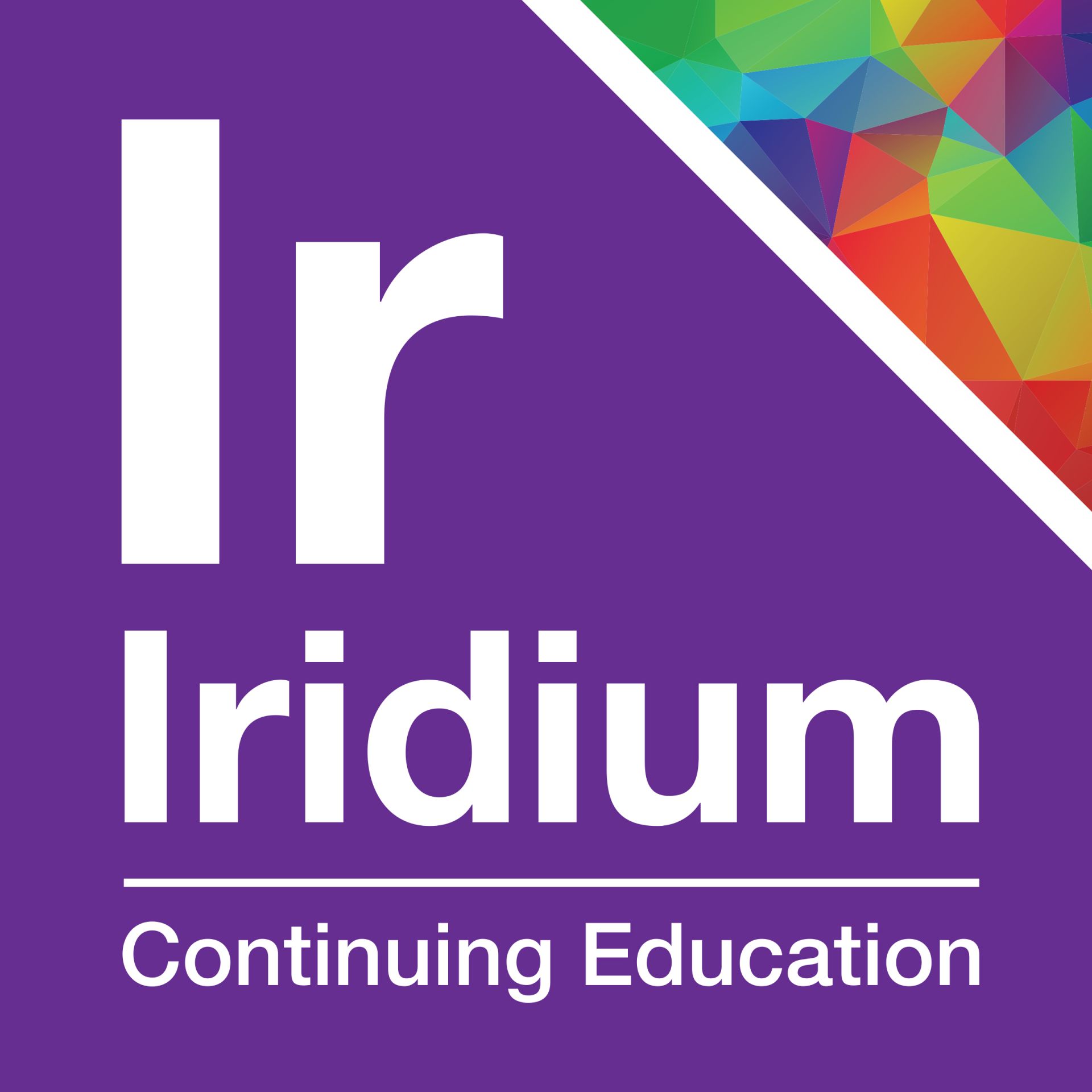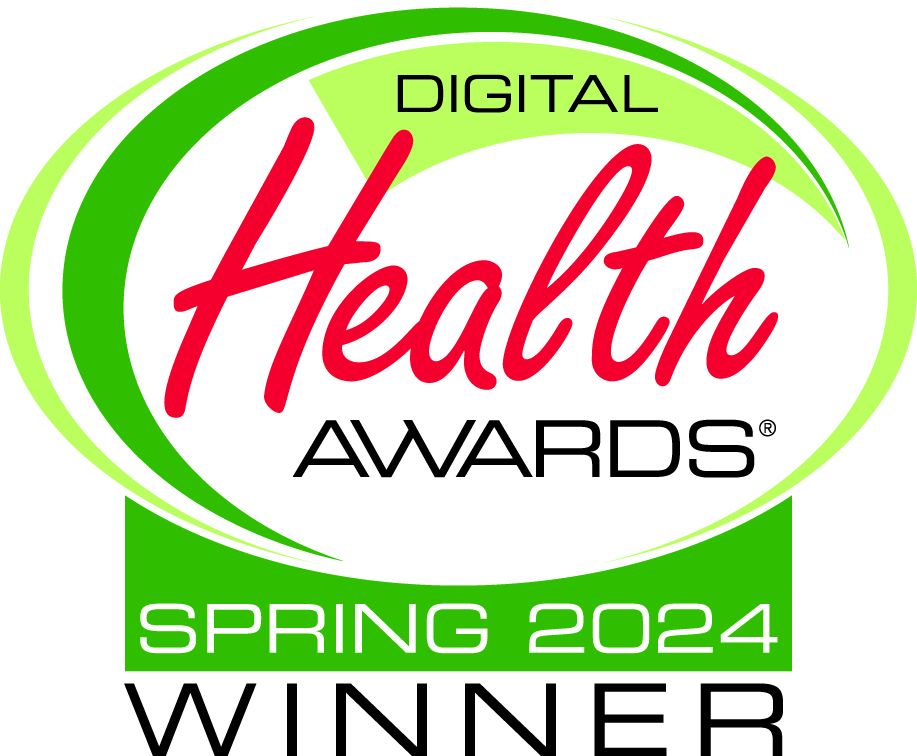Advancing Worsening Heart Failure Treatment: Exploring Cutting-Edge Therapies and Addressing Disparities
Faculty
Deepak Bhatt, MD, MPH, FACC, FAHA, FESC, MSCAI
Director of Mount Sinai Heart; Dr. Valentin Fuster Professor of Cardiovascular Medicine
Icahn School of Medicine at Mount Sinai
New York, NY
Icahn School of Medicine at Mount Sinai
New York, NY
Erin Michos, MD, MHS
Director of Women Cardiovascular Health Research
Associate Director of Preventive Cardiology at Johns Hopkins University School of Medicine
Co-Director, IMPACT Center at Johns Hopkins University
Co-Editor in Chief, American Journal of Preventive Cardiology
Baltimore, MD
Program Overview
Target Audience
Learning Units
Podcasts Episodes
Med Ed Threads



